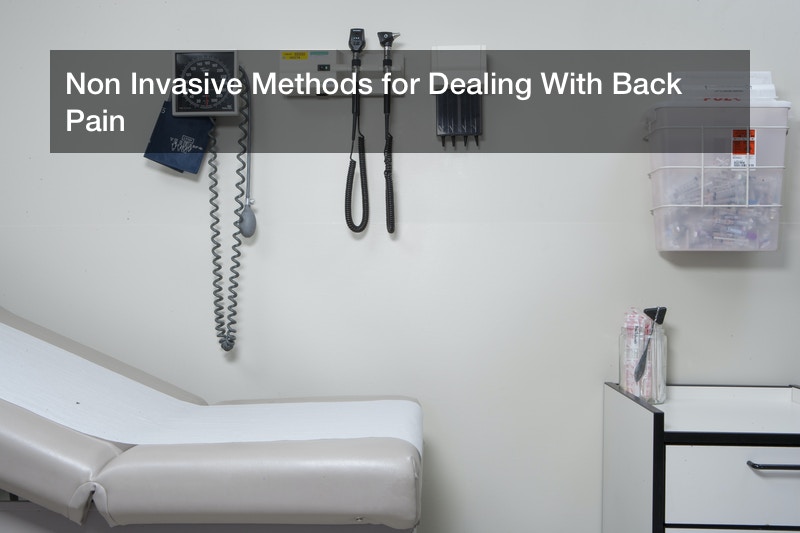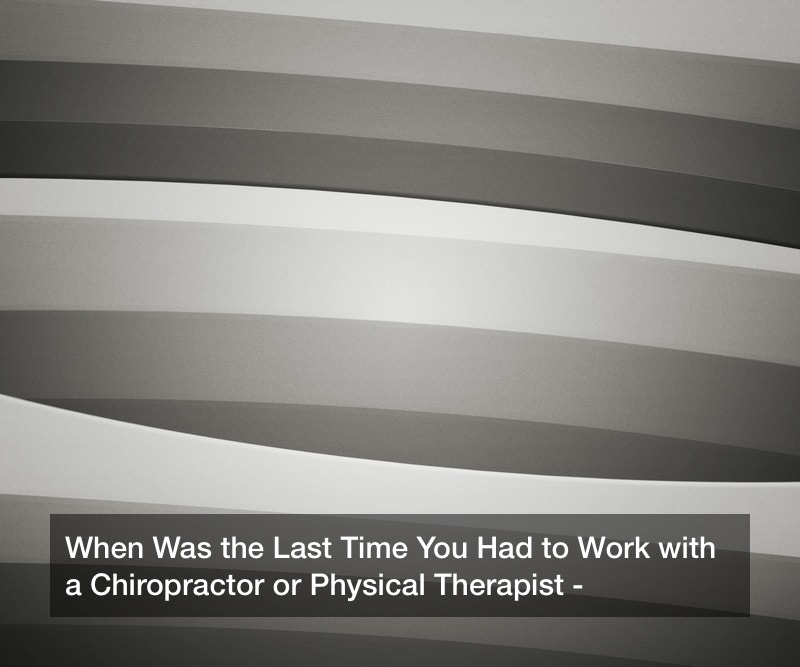
The human skeleton is uniquely shaped for a lifetime of walking upright on two legs, and this reflects in the skeleton’s S-shaped spine, upright pelvis, long leg bones, and arched feet. Our early primate ancestors abandoned their tree-bound lifestyle to start running and chasing game across the plains of Africa, and this, combined with consuming more protein, helped shape humanity into what it is today. Walking upright gave early humans a number of advantages, though even today, walking like this comes at a cost. The spine is acutely fighting gravity, and the body weighs heavily on the hips, knees, and ankles. Around the world today, countless people live in chronic pain in their back, knees, and ankles, but fortunately, there are many ways to counteract this. Chiropractic adjusting instruments and rehab tools in the hands of a professional can help, along with massages or physical therapy in a hospital.
Chronic Back Pain Today
How often are Americans suffering from back pain, and why does it happen? Many surveys and studies are done each year to track public health, including back pain, and the numbers show that around 31 million Americans suffer chronic back pain at any given time. In fact, fully half of all working class Americans admit to getting back pain symptoms each year, and this problem affects roughly one in three women and one in four men. Experts say that around 80% of the population will experience back pain symptoms at some point, and this may affect the elderly in particular.
What is causing all this pain? One common cause is getting into an auto accident or sports accident, where a victim’s spine and back are distressed and bent out of shape, and this can lead to chronic pain. Working hard manual labor jobs, such as construction, will also wear out the back’s muscles and spine over time, often leading to chronic back issues later in life. Pregnancy can also strain a woman’s spine, and many surveyed Americans also blame ongoing stress for their ongoing back pain. Simple old age is another common cause of back discomfort; after decades of fighting gravity, the spine wears out and collapses on itself, and it may bend forward somewhat. This may strain the muscles, pinch nerves, reduce joint mobility, and overall cause a lot of discomfort while reducing mobility.
The good news is that only major back injury cases call for surgery; most other cases only need the attention of a chiropractor or a physical therapist, no surgery or drugs needed.
Common Rehab Tools and Systems
Chronic back pain ranks second among all reasons why Americans go to see their doctor, behind only upper respiratory issues. A doctor will listen to their patient, then refer them to a pain clinic, and/or a chiropractor and yoga expert nearby for non invasive treatment. A chiropractor may use chiropractic adjusting instruments and other back adjustment tools, or even their bare hands, to realign a patient’ bones and muscles without breaking the skin. Using these chiropractic adjusting instruments means relieving pressure on nerves, joints, and muscles, which will clear up pain and restore the patient’s mobility and flexibility. Surveys show that many Americans visit chiropractors to have chiropractic adjusting instruments used on them; chiropractors treat some 27 million people each year, and on any American business day, some one million chiropractic adjustments are made across the nation. Around four in 10 Americans go straight to their chiropractors without even taking the time to see their doctor, too. Meanwhile, performing stretches and poses at a yoga studio may yield similar results.
Meanwhile, what about a patient in the hospital who is recovering from an accident and injury? This is when physical therapists will help, and they will have the patient perform certain exercises and stretches to slowly restore their mobility, strength, and balance, with the aid of tools. Range of motion testing includes the use of motion capture cameras, which feed data to a computer’s special programs for analysis. On top of that, handheld algometers and similar devices are used on a patient’s joints and muscles, to loosen them up and test their strength. A hospital patient may also perform tests to stretch out elastic bands, to demonstrate their current strength, range of motion, and pain threshold.


